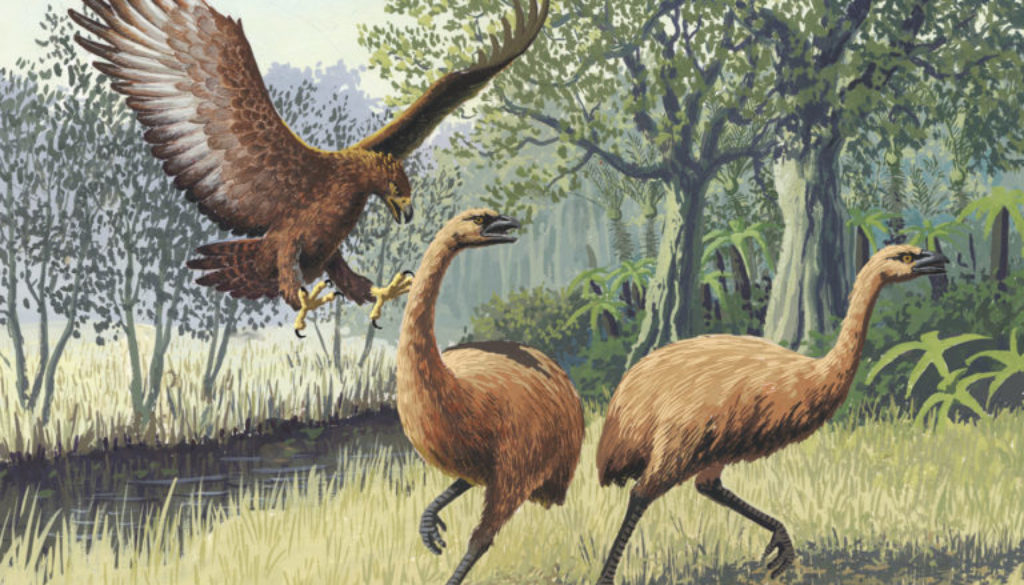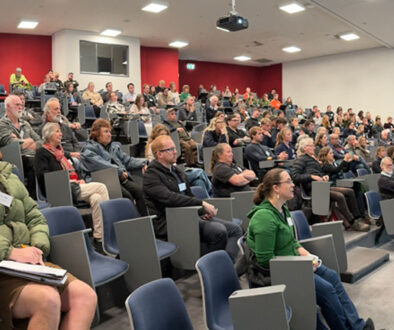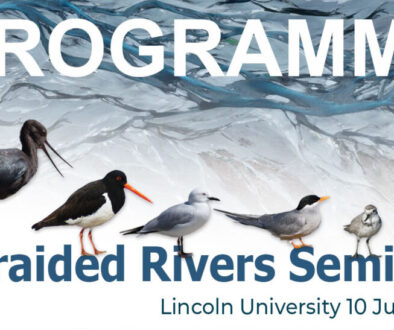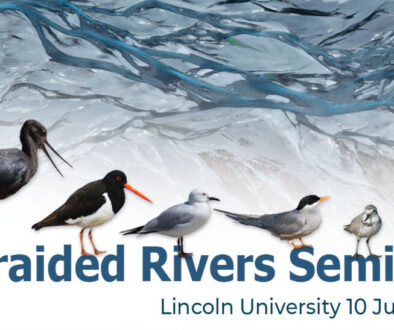De-Extinction
What if you could ‘de-extinct’ our vanishing bird species by bringing them back from the dead? If we can’t keep pace with the rapid decline of kaki and black-billed gulls, is this a viable fall-back position? While we’re at it, why not bring back moas or Haast’s eagles? With the CRISPR revolution in genetic engineering, that’s no longer a science fiction ‘Jurassic Park‘ notion. But it does raise serious ethical, social, and perhaps more importantly, ecological questions.
Philip Seddon (University of Otago) who presented a paper at the recent Braided Rivers Workshop on tracking feral cats, is also the lead author on a recent report by the International Union for Conservation of Nature (IUCN), which issued guidelines for de-extinction research. You can (and if you’re in the conservation sector, should) read Phil’s paper here: Reintroducing resurrected species: selecting DeExtinction candidates
For a broad overview of the topic, see Science magazine: Should we bring extinct species back from the dead?




